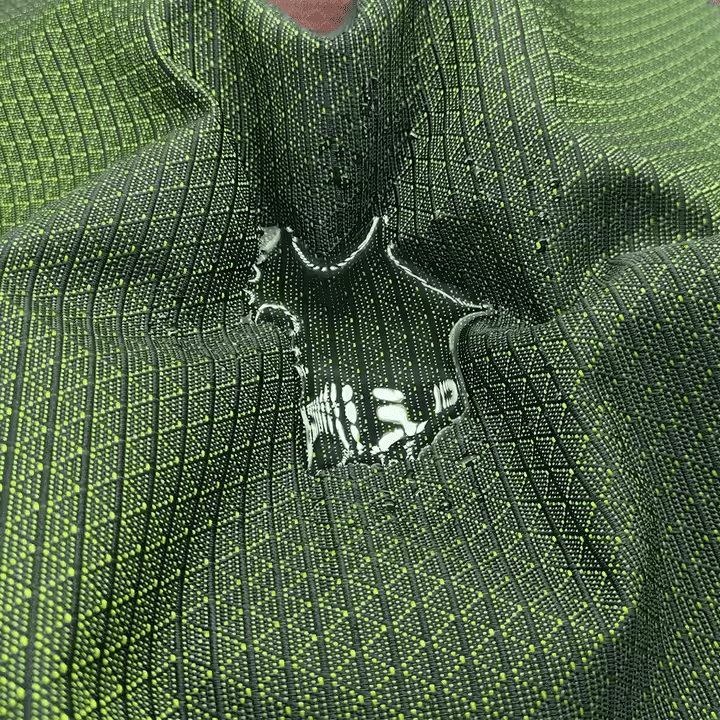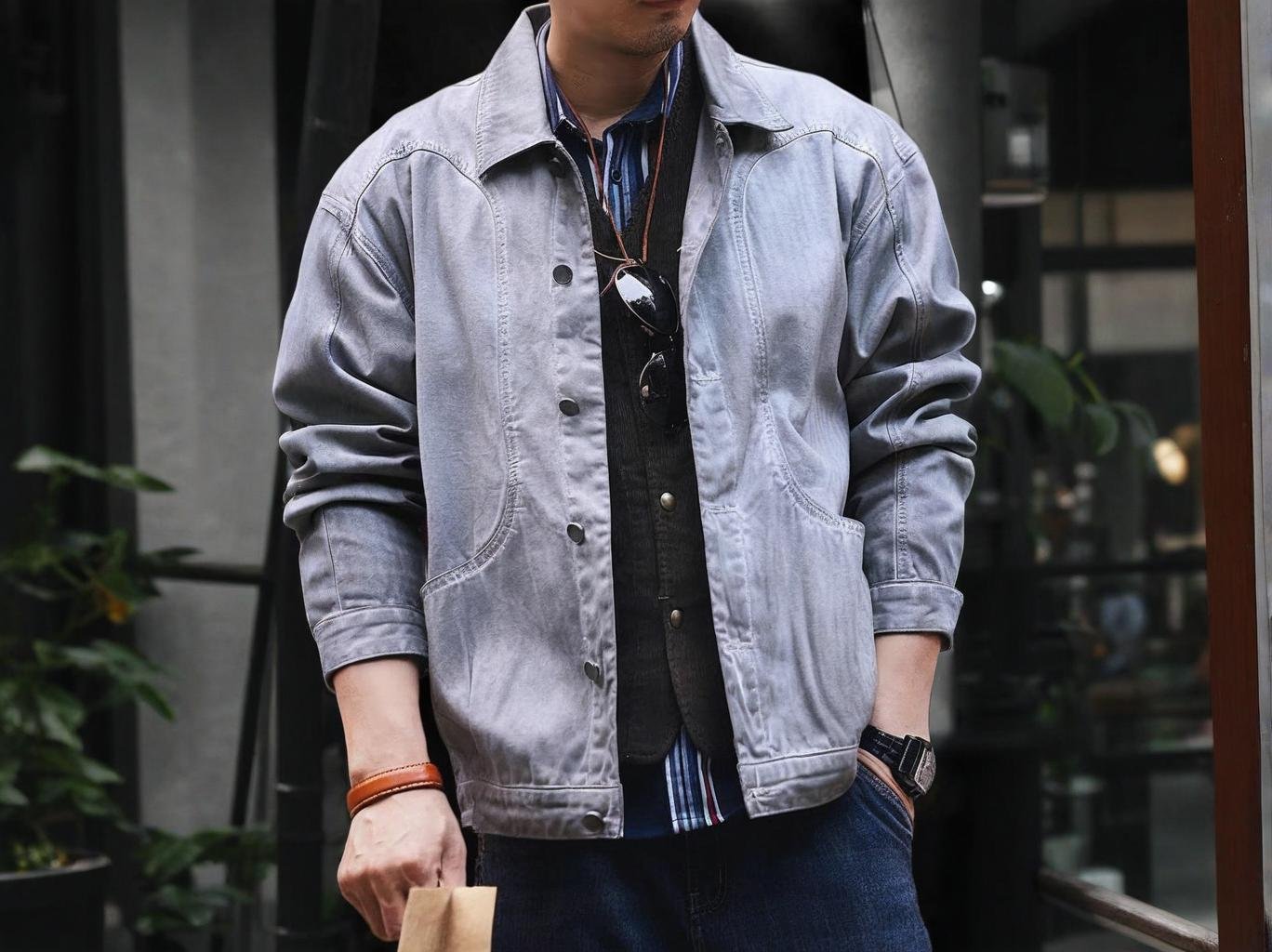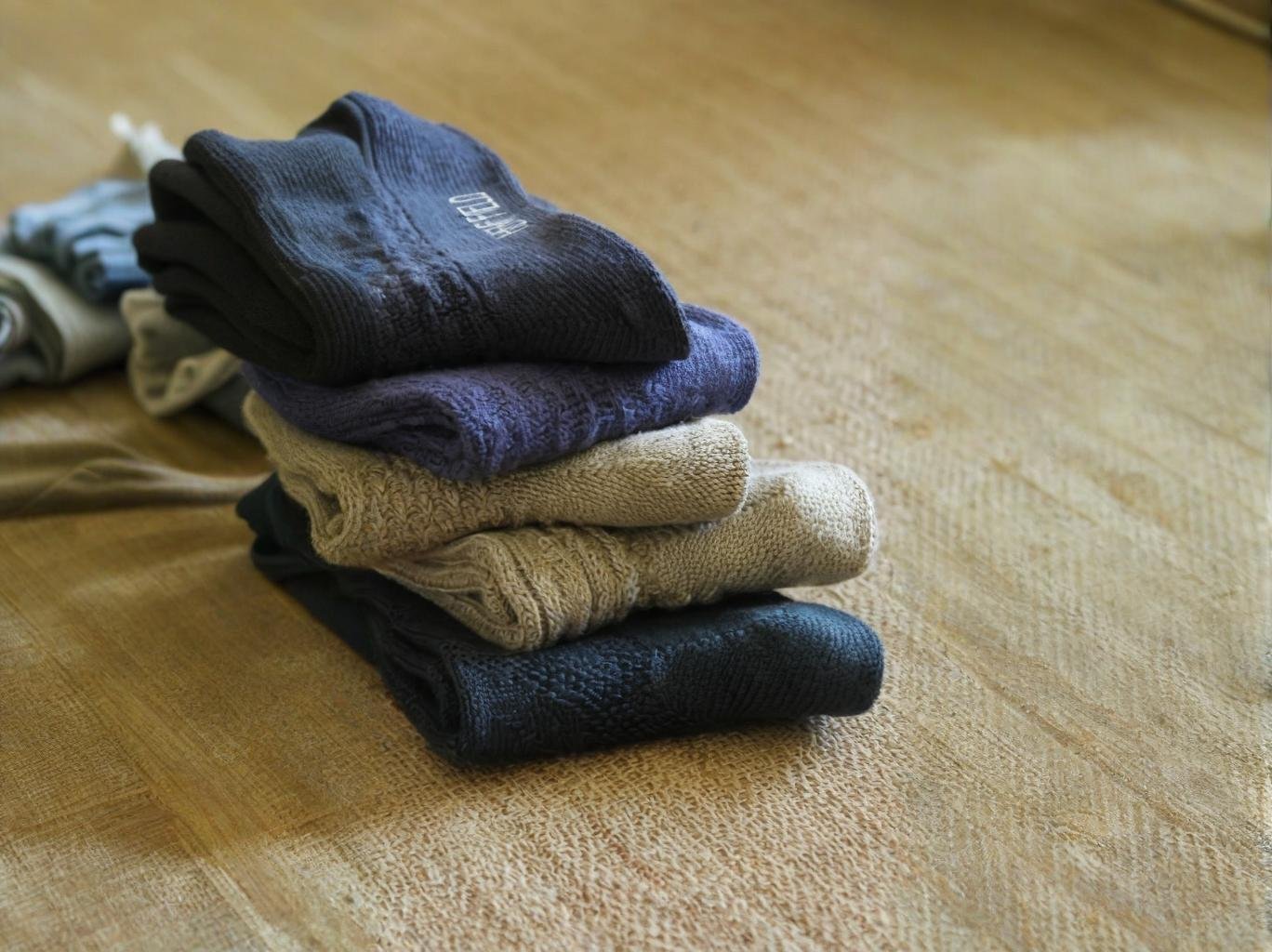Types of Cotton Sheets: Egyptian vs. Pima vs. Percale – Which is Best?

Cotton sheets are the unsung heroes of a great night’s sleep—soft, breathable, and endlessly varied—but with so many names on the tag, choosing the right set can feel like decoding a secret textile language. What really makes Egyptian, Pima, or Percale sheets stand out? In a nutshell: Egyptian cotton is prized for its ultra-long staple fibers that yield a silky, durable fabric; Pima cotton offers similar softness with slightly shorter fibers, plus enhanced color retention; and percale refers to a crisp, tight plain weave that keeps you cool and wrinkle-resistant. Picture drifting off under a cloud-like 1,000-thread-count Egyptian sateen set, only to wake drenched; now imagine breezy percale on a summer’s night, perfectly balancing crispness and airflow. Let’s unravel the myths, dive into the data, and find the best match for your business—whether you’re outfitting a luxury hotel or sourcing wholesale linens.
What Characteristics Define Egyptian Cotton Sheets?
Egyptian cotton sheets are synonymous with luxury, thanks to their exceptionally long staple fibers (typically 1¼–2 inches). These longer fibers spin into finer, stronger yarns, producing a smoother, lustrous fabric that resists pilling and softens with each wash.
Egyptian cotton uses extra-long staple fibers to create finer, stronger yarns that weave into silky, durable sheets. The result is a smooth hand feel, high tensile strength, and excellent color retention—making it ideal for high-end bedding that stays soft and lustrous through years of use.
Fiber Quality, Yarn Structure & Durability
Staple Length & Yarn Spin
Fiber length: 32–50 mm vs. Pima’s 26–32 mm and upland cotton’s 19–25 mm.
Yarn count: Finer yarn counts (100+ Nm) permit thread counts of 600–1,200+ without bulk.
Weave Types & Hand Feel
| Weave | Sateen (Egyptian) | Percale (Egyptian) |
|---|---|---|
| Appearance | Lustrous, satiny | Matte, crisp |
| Durability | High (due to strong yarn) | High |
| Feel | Smooth & heavy | Cool & lightweight |
Pilling & Longevity
Pilling tendency <5 pills/5 cm² after 20 launderings (Martindale test).Critical Lens:
Real “Egyptian cotton” must be grown in Egypt under strict conditions; look for authenticated origins to avoid mislabeling.
What Sets Pima Cotton Sheets Apart from Other Varieties?
Pima cotton, primarily grown in the U.S., Peru, and Australia, shares many traits with Egyptian cotton—extra-long staples, softness, and strength—but often comes at a lower price point and with superb colorfastness.
Pima cotton boasts extra-long staple fibers that deliver a soft, durable fabric with excellent color retention. While slightly shorter than Egyptian cotton staples, Pima’s consistent fiber quality and wider global availability make it a cost-effective choice for high-performance, long-lasting sheets.
Geography, Colorfastness & Price Dynamics
Growing Regions & Soil
U.S. Pima (California/Arizona) vs. Peruvian Pima—differences in soil minerals can affect fiber micronaire and hand feel.Color Retention & Dye Uptake
Property Egyptian Cotton Pima Cotton Upland Cotton Colorfastness (Grade) 4–5 4 2–3 Dye Uptake (%) 85–90 80–85 70–75 Price Comparison
Pima: \$30–\$60 per fitted sheet vs. Egyptian: \$50–\$100+ (wholesale pricing).Critical Lens:
Market confusion over “Supima” (100% U.S.-grown Pima) underscores the need for clear labeling and certification.
What Is Percale Weave and How Does It Compare to Sateen?
Percale denotes a plain, one-over, one-under weave—crisp, breathable, and matte—whereas sateen uses a three-over, one-under weave to maximize surface yarns for a silky sheen.
Percale weave creates a crisp, matte fabric with a tight yet breathable structure, ideal for warm climates or hot sleepers. Sateen’s denser weave produces a smooth, lustrous finish but can feel heavier and trap more heat.
Weave Mechanics & Comfort Profiles
Yarn Exposure & Surface
Weave Percale Sateen Float 1 3 Surface Yarn Exposure 25% 75% Breathability & Weight
Percale (200–300 TC): MVTR \~8,000 g/m²·24h. Sateen (300–600 TC): MVTR \~6,000 g/m²·24h.Wrinkle Resistance & Care
Percale: Prone to light wrinkles; easy ironing.Sateen: Fewer wrinkles; may require delicate handling.Critical Lens:
High thread counts in percale can mimic sateen weight; always verify yarn quality over TC alone.
Which Cotton Sheet Type Offers Superior Breathability and Temperature Regulation?
Breathability hinges on fiber, weave, and weight. Egyptian percale and Pima percale excel in airflow, while sateen variants provide warmth retention. Lightweight percale sheets (200–300 TC) made from Egyptian or Pima cotton deliver superior breathability (MVTR >8,000 g/m²·24h) and moisture wicking, making them ideal for year-round comfort. Sateen’s denser weave offers extra warmth in cooler seasons but sleeps hotter.
Thermal & Moisture Metrics
Fabric Weight & GSM
TC Range Weave GSM Range MVTR (g/m²·24h) 200–300 Percale 120–150 8,000–10,000 300–600 Sateen 150–200 5,000–7,000 Moisture Wicking & Dry Time
Percale: Dry time \~15 min; Sateen: \~25 min.User Profiles
Hot sleepers: Egyptian percale.Cold climates: Pima sateen.Critical Lens:
Blended weaves (50/50 cotton-linen) can further tune thermal performance.
Which Cotton Sheets Deliver the Best Durability and Longevity?
Durability depends on fiber strength, yarn twist, and finishing treatments. Egyptian cotton sateen, despite a softer hand, can outlast basic upland percale when made with high-twist yarns. Egyptian cotton sheets spun with high-twist, long-staple yarns resist abrasion and pilling, lasting over 500 home washes. Pima cotton offers similar longevity, while percale’s plain weave minimizes stress points. Look for yarn twist levels above 30 TPI (twists per inch) and mercerization finishes to maximize lifespan.
Durability Testing & Yarn Construction
Twist & Yarn Strength
High-twist (30–40 TPI) vs. low-twist (15–25 TPI).Abrasion & Pilling
Test Egyptian Sateen Pima Percale Upland Percale Martindale Cycles 50,000+ 40,000 20,000 Pilling Grade (1–5) 5 4 2 Finishes
Mercerization: +15% tensile strength, improved luster.Critical Lens:
Higher quality often means higher price—evaluate total cost of ownership, not just unit price.
How Do Thread Count, Yarn Quality, and Weave Impact Overall Sheet Performance?
Thread count (TC) often dominates marketing, but true performance hinges on yarn fiber length, twist, and weave type. Beyond TC, look for extra-long staple cotton, high-twist yarns, and appropriate weaves. A 300-TC sheet made with long-staple, high-twist yarn in percale can outperform a 600-TC sheet spun from short-staple, low-twist yarn. Balance TC with fiber and construction quality for optimal softness, strength, and breathability.
Performance Matrix
TC vs. Yarn Quality
TC Fiber Type Twist (TPI) Hand Feel 300 Egyptian 32 mm 30 Crisp & durable 600 Upland 24 mm 20 Heavy & warm Weave Selection
Percale: Better airflow per TC. Sateen: More sheen per TC.Cost-Benefit Analysis
\$ per TC unit vs. years of service life.Critical Lens:
Marketing often inflates TC—demand transparently sourced yarn specs.
Which Cotton Sheet Type Offers the Best Value for B2B Buyers in Hospitality and Wholesale Markets?
Value combines performance, durability, and unit cost. Mid-range Pima percale often hits the sweet spot for hotels: durable, breathable, and cost-effective. For hospitality and wholesale, 300–400 TC Pima percale sheets deliver reliable durability (>300 wash cycles), strong MVTR (\~9,000 g/m²·24h), and a comfortable hand at 20–30% lower cost than Egyptian sateen. Bulk pricing (\$8–\$12 per set) balances guest comfort with operational budgets.
ROI & Lifecycle Costing
Wash Cycle Longevity vs. Replacement Cost
Sheet Type Wash Cycles Unit Cost (USD) Cost per Cycle Egyptian Sateen 500 40 \$0.08 Pima Percale 350 25 \$0.07 Upland Percale 200 15 \$0.075 Guest Satisfaction & Brand Perception
Higher-rated sheets correlate with 5–10% increase in repeat bookings.Supply Chain & Lead Times
Szoneier Fabrics: 7–10 day sampling; 30–45 day bulk lead time.Critical Lens:
Upfront savings on low-cost sheets often hidden in higher turnover and guest complaints.
Ready to customize your ideal cotton sheeting solution?
Choosing between Egyptian, Pima, and percale cotton sheets means balancing luxury, performance, and budget. Egyptian cotton sateen offers unmatched luster and softness for premium markets; Pima percale delivers breathability and durability at a more accessible price; and percale weave—regardless of cotton type—ensures crisp, cool comfort.
Partner with Szoneier Fabrics for expert R\&D, free design services, low-MOQ sampling, and rapid production.
Can't find the answers?
No worries, please contact us and we will answer all the questions you have during the whole process of bag customization.
Make A Sample First?
If you have your own artwork, logo design files, or just an idea,please provide details about your project requirements, including preferred fabric, color, and customization options,we’re excited to assist you in bringing your bespoke bag designs to life through our sample production process.



